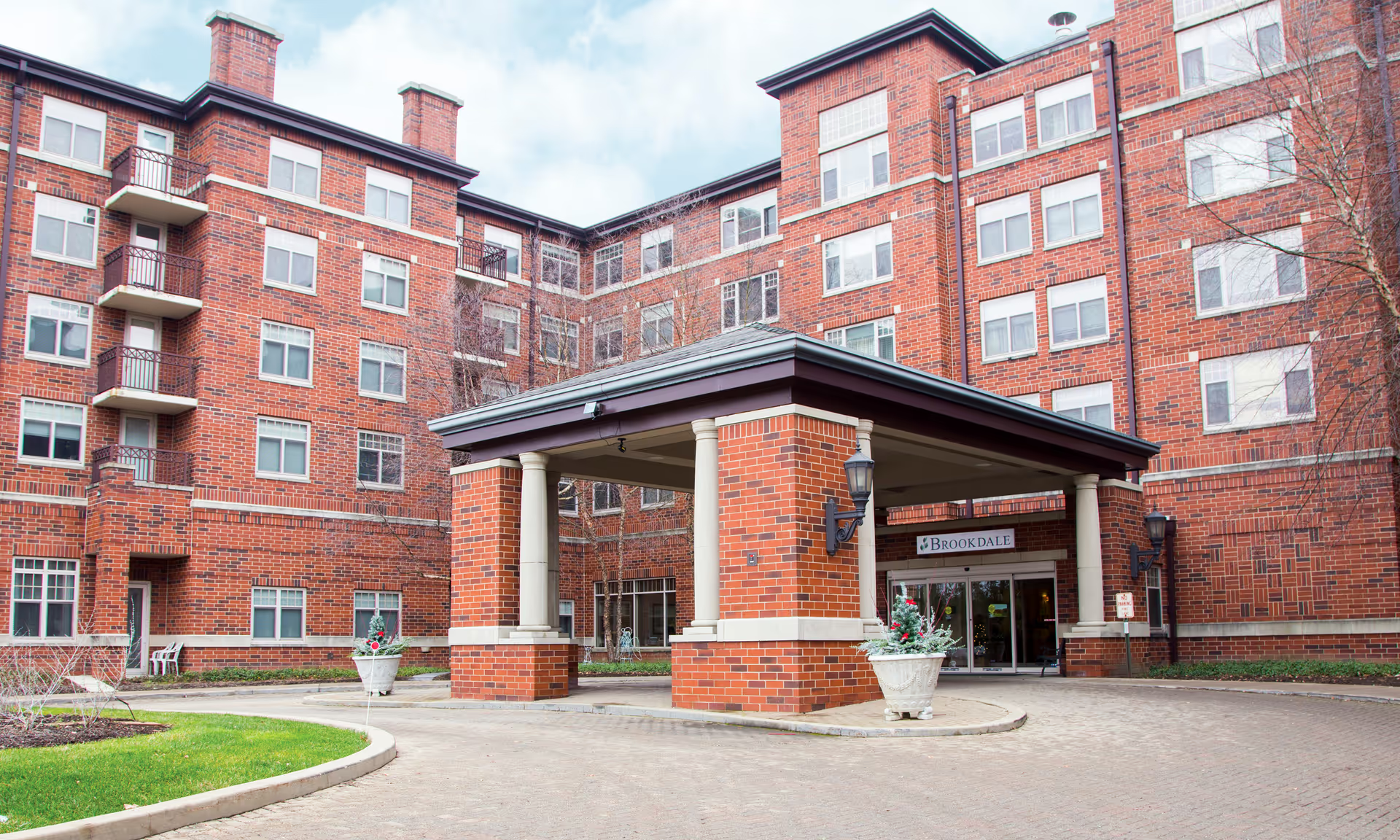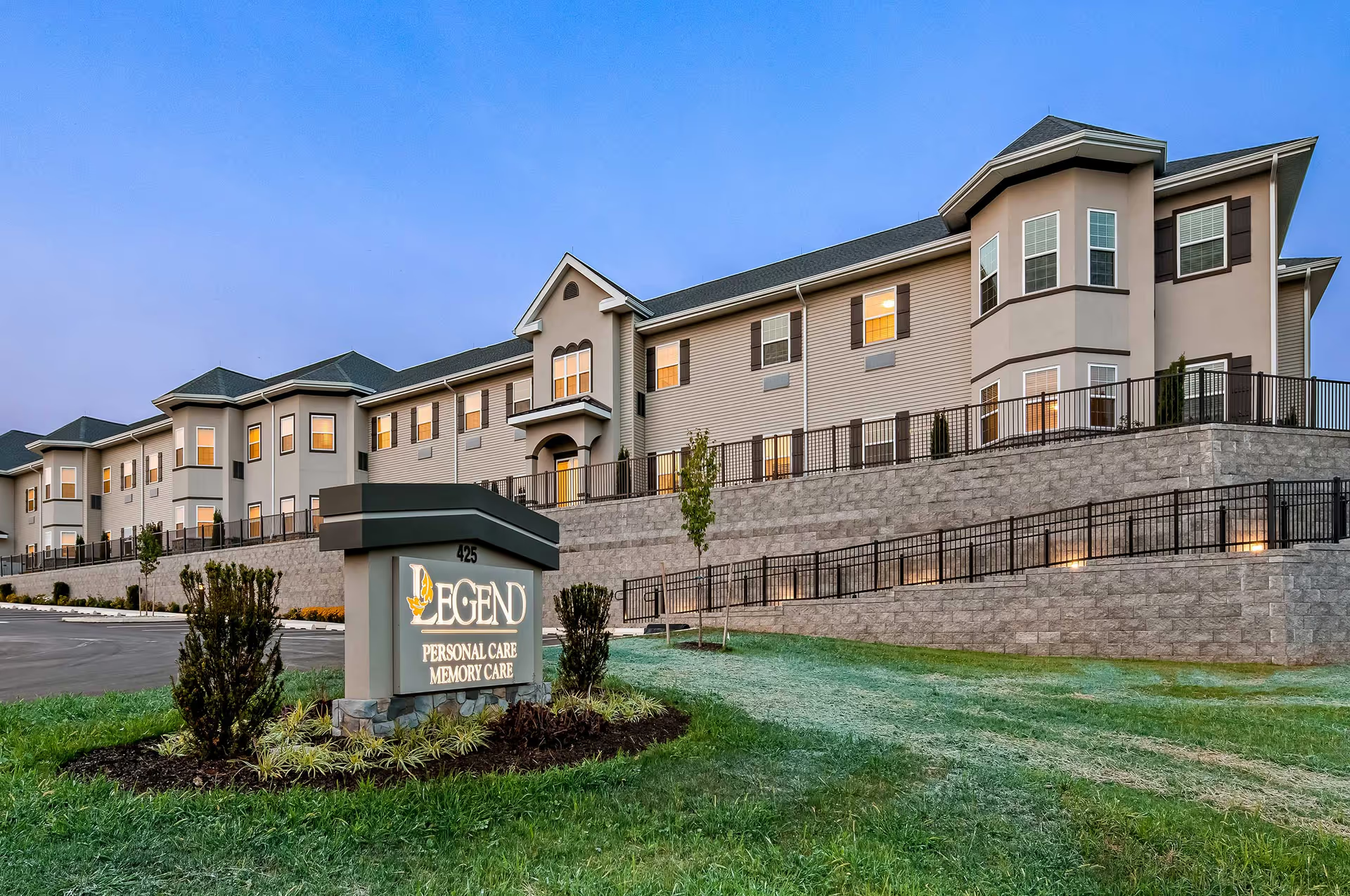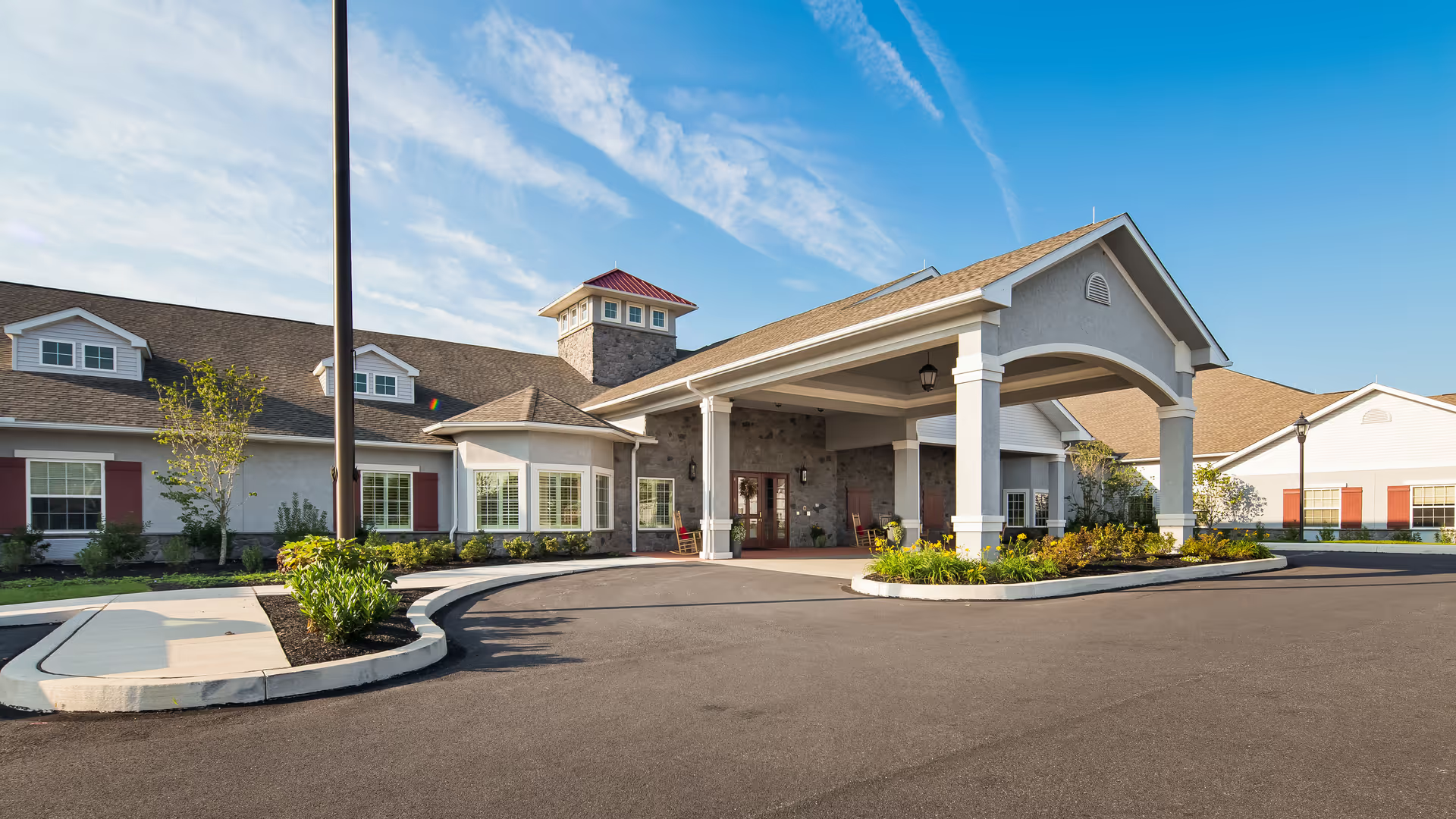Overall sentiment across the compiled reviews for Catawba Valley Living is sharply mixed, with strong praise for front-line staff and activities contrasted by repeated, serious concerns about management, staffing levels, and some aspects of safety and maintenance. Many reviewers describe the day-to-day caregiving staff—CNAs, therapists, housekeepers, and activity personnel—as kind, attentive, and dedicated. Multiple accounts highlight an outstanding activities program led by a creative activity director, a welcoming social atmosphere where residents make friends, and therapeutic staff who achieved notable mobility improvements for residents. Several reviewers also note pleasant common areas (sunroom, piano, game room, gardens), connection to a golf course with perks, and in some cases a dining program led by an experienced chef. For these families and residents, the facility feels home-like, clean, and well-run; medication schedules are kept, communication with social work and staff is clear, and long-term residents report stability and satisfaction.
However, an important and recurring theme is inconsistency: while some reviewers report a clean, odor-free, up-to-date facility, others describe serious hygiene and maintenance problems—urine odors, dirty rooms and bathrooms, peeling paint, missing baseboards, and exposed molding. Several reviewers recount unresolved repair issues such as broken air conditioning resulting in hot halls, and at least one mentions fires in the building. These maintenance and cleanliness reports create significant concerns about basic resident comfort and environmental safety for a portion of reviewers.
Care quality and staffing present a similarly divergent picture. Many testimonials praise caregivers for compassionate, timely assistance (bathing, dressing, bedtime routines) and note on-time meds and attentive therapy. Conversely, a substantial number of reviews report chronic understaffing and overworked caregivers, slow response times, residents left unattended in hallways or wet, and even residents screaming for help. There are multiple allegations of neglect and unsafe care, including reports of injuries (fractured ribs and sacrum) during stays—incidents that reviewers explicitly link to poor supervision or unsafe practices. These serious negative reports, combined with statements about high staff turnover and low pay, point to systemic staffing and training risks that may affect safety and quality of care.
Dining and food are polarizing. Several reviewers praise the dining — describing a chef from a country club, a variety of meals, flexible dining-room seating, and residents (including the reviewer’s mother) loving the food. At the same time, other reviewers describe the food as awful or served cold. This split suggests inconsistency in meal preparation or service across times, shifts, or management periods.
Management and corporate oversight are another consistent fault line. A sizable subset of reviewers accuses facility managers or corporate leadership of being unavailable, unresponsive to complaints, money-driven, or otherwise neglectful of resident needs. Specific complaints include ignored complaints to corporate, belongings discarded after a resident’s death, and perceived prioritization of revenue over care. Some families cite changing management and deteriorating conditions over time—reporting that the facility was ‘‘previously great’’ but quality declined under new leadership. These reports imply that leadership and administrative continuity materially affect resident experience.
Additional themes: COVID-era visitation restrictions and activity limitations are noted and remain a factor in some negative experiences. A few reviewers point out policy limitations such as lack of apartment-style units and in-unit kitchens, or absence of pet-friendliness. There are also repeated calls for better pay and sensitivity/safety training for staff, underscoring workforce challenges. Finally, there is a geographic or temporal element suggested by the reviews—some very positive reports appear to reflect specific staff, managers, or historical periods when the facility operated strongly, while many negative reports describe more recent declines, unresolved maintenance, or troubling incidents.
In sum, the reviews paint Catawba Valley Living as a facility with clear strengths—compassionate and creative caregiving and activities, effective therapy for some residents, and comfortable common spaces—but also with recurring and serious weaknesses in management, staffing sufficiency, maintenance, safety, and consistency of food and housekeeping. Prospective residents and families should weigh these polarized accounts carefully: speak directly with current residents and families, request recent inspection and incident records, tour multiple times (different days/shifts), ask about staffing ratios and turnover, verify responses to maintenance complaints, and clarify visitation and care policies before making placement decisions. The presence of both very positive and very negative experiences indicates that outcomes at this facility may be highly dependent on management continuity, staffing levels, and the responsiveness of corporate oversight.







